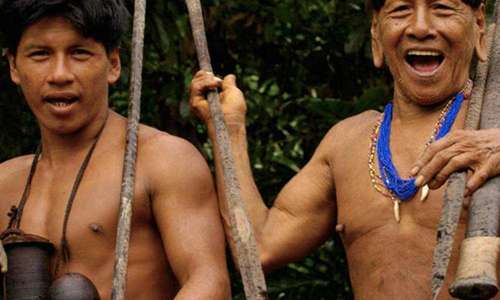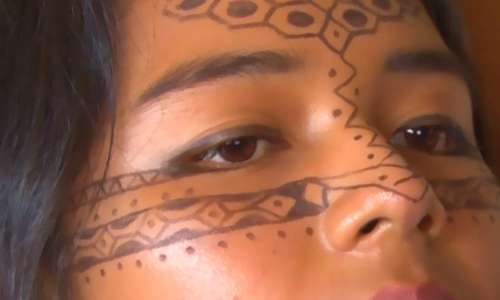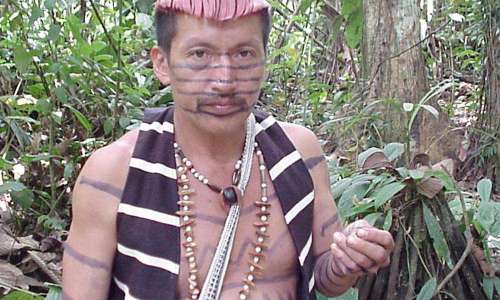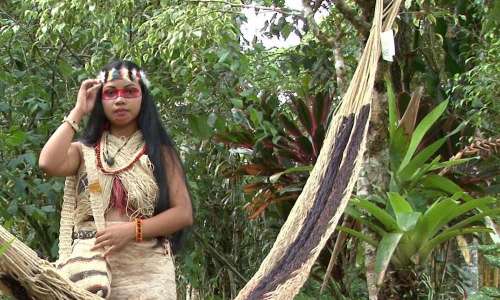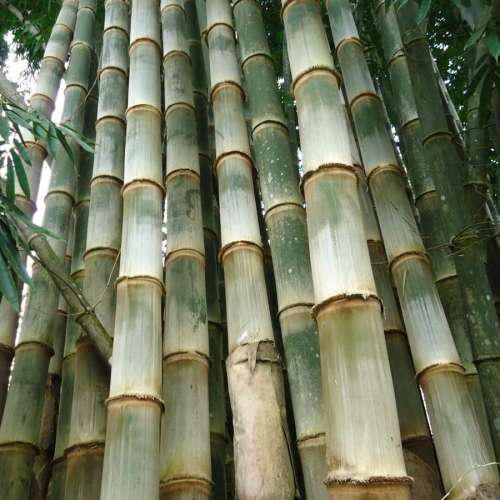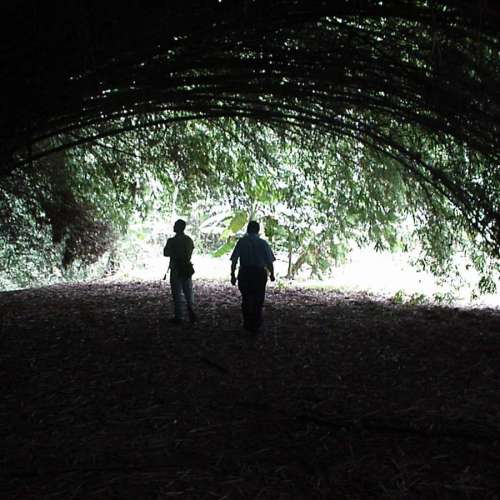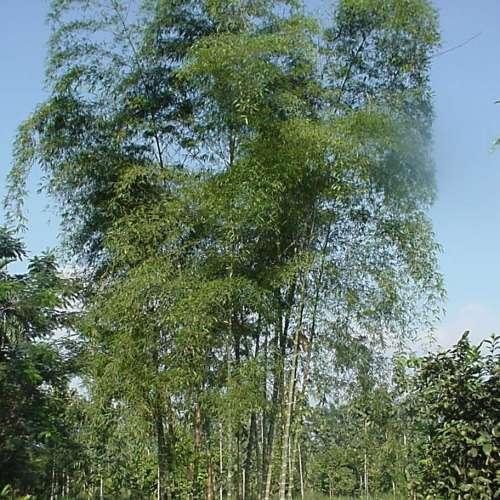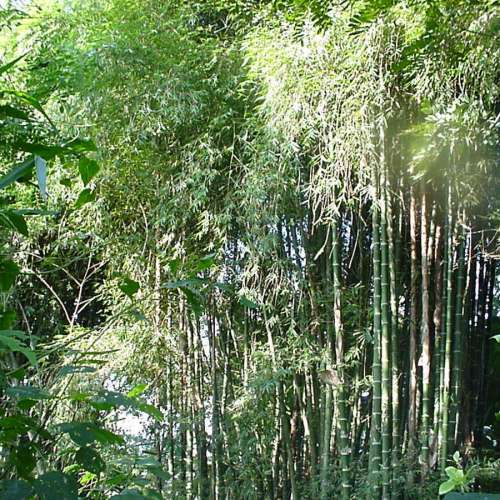-
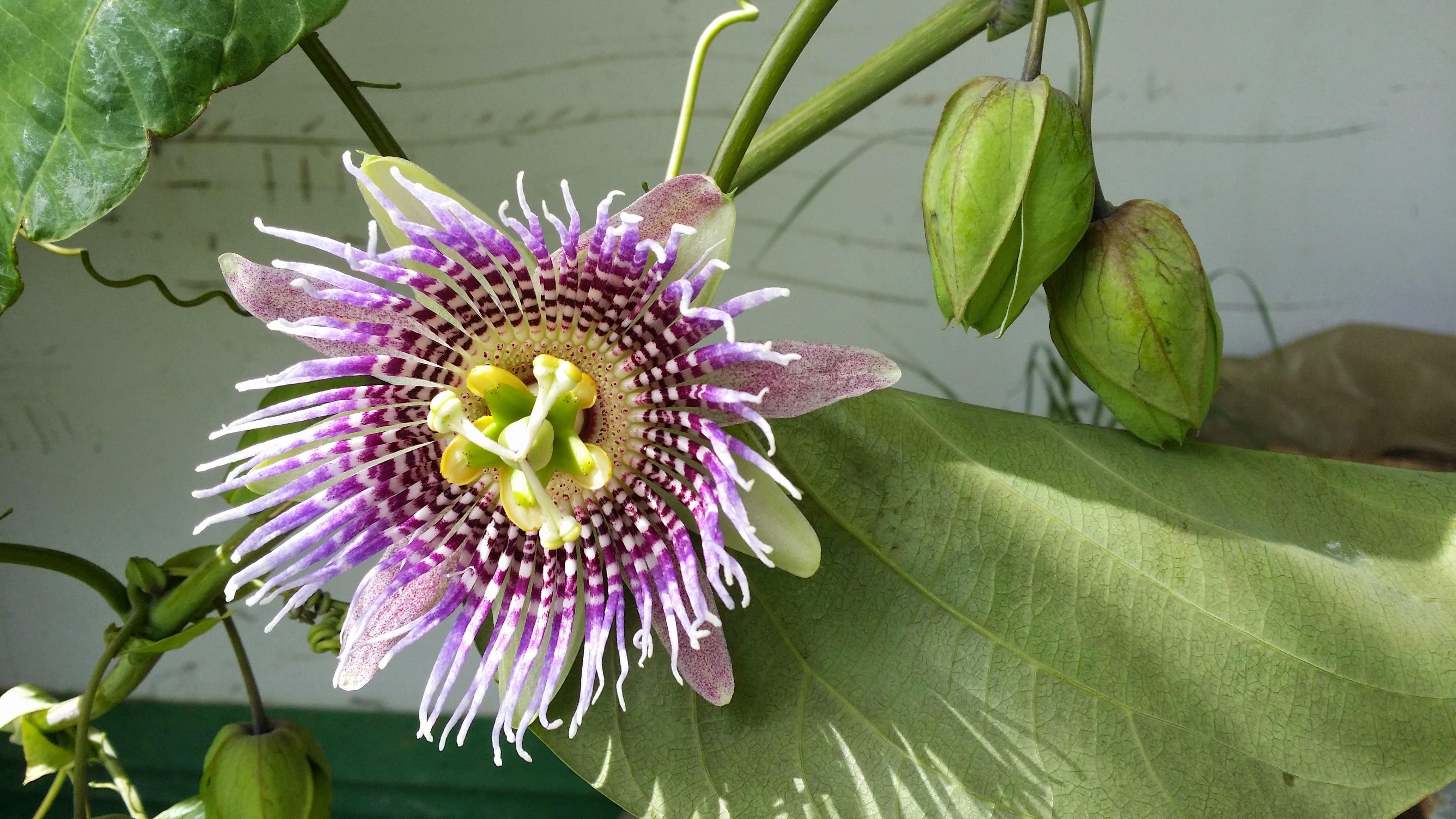 .EnvironmentBiolcom promotes the conservation of nature.
.EnvironmentBiolcom promotes the conservation of nature. -
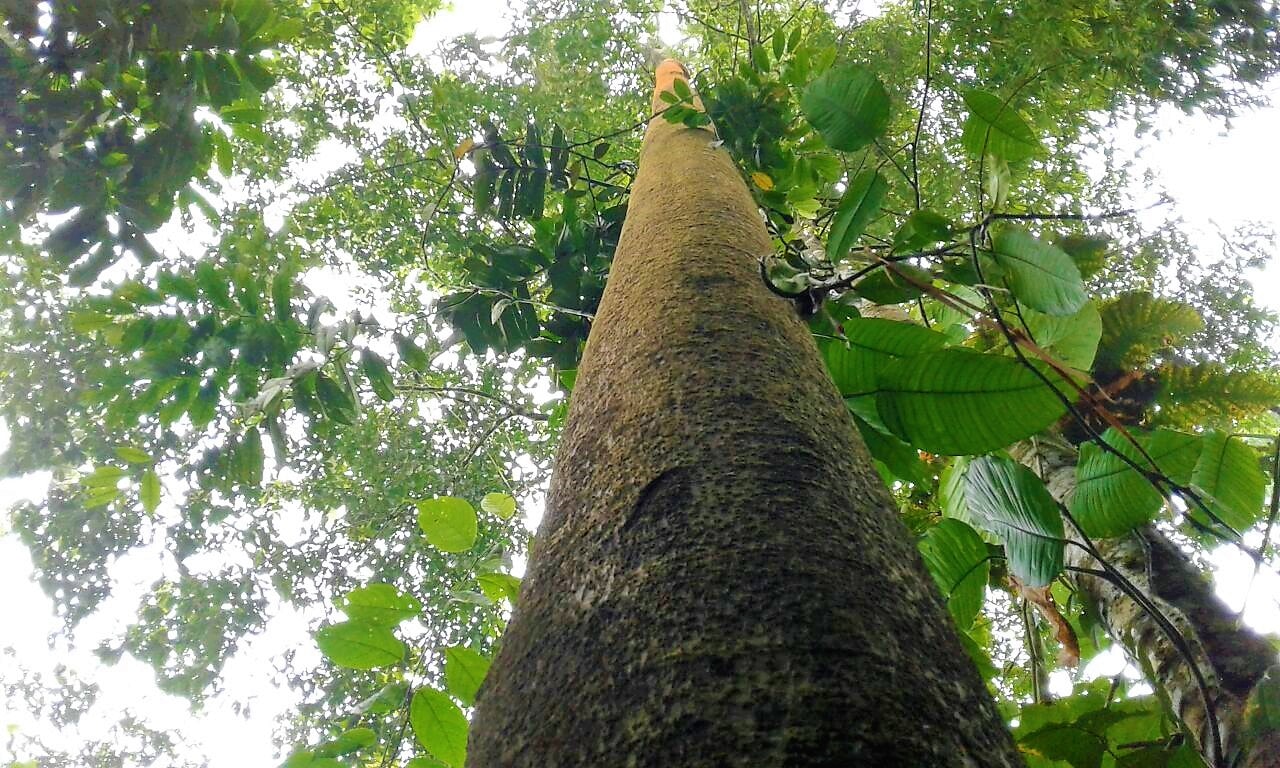 .Friendly With NatureBiolcom promotes the conservation of nature.
.Friendly With NatureBiolcom promotes the conservation of nature.
Bamboo
Bamboo is a very strong and durable decorative grass with wood quality. It is used to build the structure of many buildings, floors, and roofs. It is also useful to build green houses. This wood is stronger and more flexible than steel. It resists earthquakes, helps to lower temperatures (it acclimatizes room´s atmosphere without using electric energy), keeps humidity in soil, and prevents the erosion of river beds. It grows very fast and transfroms CO2 into Oxygen seven times faster than any other tree. Therefore, it could be the solution to reduce CO2 in our planet and to stop the heating of our atmosphere.
Ecuador has one of the best varieties of bamboo in the world, the Guadua Angustifolia. We plant this variety in our farms in Quevedo.
Our workers cure it with boric acid and borax to avoid splitting and contamination with insects. We also grow other varieties of Bamboo, such as Dendrocalamus Giganteus, Phyllostachys Pubescens, Phyllostachys Aureosulcata, and Phyllostachys Bambusoides. It is also interesting to know that Bamboo fibres threads are also used to make cloths with similar quality than silk.
Reforestation With Fustic
Facts
Fustic is a hard wood tree with excellent qualities. It does not exist in abundance and does not regenerate easily.
If we compare Fustic wood with Teak wood, we can realice that:
* Fustic weights 42% more than Teak
* It is 138% harder
* It is 47% stronger
* It is totally resistant to termites.
That is why it is considered one of the best woods in the international market.
Uses of Fustic
In addition to being used as wood, Fustic has other uses such as:
* Natural colorant for wood, cotton, and textiles in Europe and North America (It is considered as one of the most valuable yellow colorants).
* It has curative properties to heal colds and tooth pain.
* It has diuretic effects.
* There are some studies to obtain Morina from it, which will help to prevent heart diseases. (Biochem Pharmacol 47: 1099-103, 1994)
Economical Benefits
It is suggested to plant this tree with understory crops because Fustic can provide shade for papaya, tea, yucca, chili pepper, marjoram, plantain, cocoa, guaba, tamarinde, pineapple, and others. A distance of 8×8 square meters should be used (156 trees/ha). These understory crops help to pay the costs for pruning and they generate an income during the growth period of these trees. Planting Fustic is a totally profitable investment for the future, and if sustainable ways of management the crop are used, there will be a lot of income sources. The plantation maintenance cost is higher during the first 3 years, when a frequent cleaning of the weed is important. The following years the weeding must be done once or twice a year, while pruning 3 times a year, depending on the branches length. Due to its plantation limitations, the tree value raises daily.
La Perla is a native forest preservation farm (48 Km from Santo Domingo city), which keeps very old and beautiful fustic samples.
This tree is in danger of extinction because there are no reforestation projects.
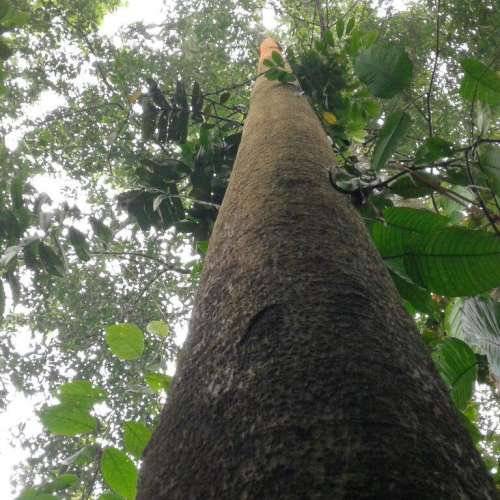

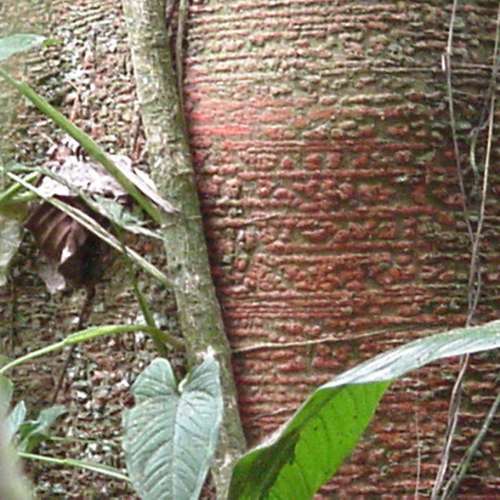

We invite you to learn about Vetiver to discover its potential uses.
Vetiver, the Wonderful Grass
Technical Data
Scientific Name: There are approximately 12 species of Vetiver. The species used to control erosion, are: Viteveria Zizanioides, Vetiveria Nigritana, Vetiveria Nemoralis.
Common Names: Vetiver, Tiva, Pachuli, Mura or Capim
Description: Vetiver is a graminaceae plant, cultivated as grass. It grows up to two meters high; it has a hard root system that grows vertically, reaching 5 meters under ground.
Distribution: This plant has its origin in India, but it is distributed in Europe, North America, South America, the Middle East and the Mediterranean area. It grows better in the tropic and sub tropic zones, below 200 meters of altitude.
Facts
Soil erosion is a serious problem in Ecuador and in every country around the world. Erosion affects the productivity of the soil and produces floods, avalanches and landslides. These facts show us that it is important to find a way to protect our lands. There are simple and effective ways to prevent these disasters, one of these ways is the use of Vetiver as a protective crop.
Uses and Benefits
Vetiver is widely used in the construction of barriers that stop erosion. Its dense foliage and deep roots system prevent the fertile soil to be washed by the rain, and it also filtrates the water slowly under ground. That increases the humidity and productivity of the fields. Vetiver is very useful in agriculture fields, riverbanks, precipices, slopes, bridges and others. Data shows that the cultivation of Vetiver reduces the level of erosion to less than 10 ton/ha per year. This characteristic is complemented with its capacity to control water pollution since it is very efficient absorbing N, P, Hg, Cd and Pb. Vetiver can also be used as forage for the cattle and as building material. Its leaves are used as craft material and for paper manufacture. Unlike other grasses, Vetiver cannot become a plague since it doesn’t produce rhizomes and setlocks. Its roots do not affect the development of other crops since they do not take away nutrients from the soil. Moreover, the oil extracted from its roots is a useful international recognized by-product. It is used as antiseptic, aphrodisiac, and sedative. This oil has relaxing properties, and it helps people with physical, mental, and emotional fatigue.
BIOLCOM and Vetiver
We desire to contribute to the sustainable management of the natural resources, so we have developed a Vetiver nursery.
You can contact us if you wish to preserve the soil for future generations by cultivating this wonderful grass.
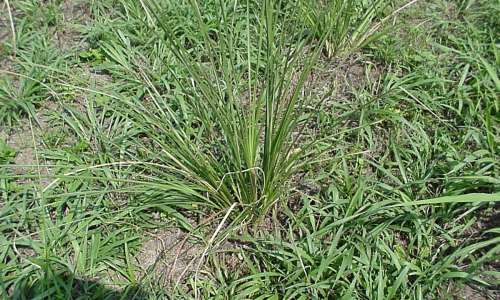

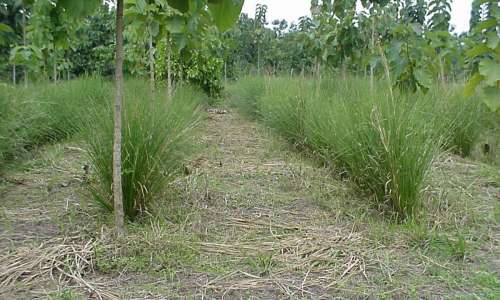

Teak Farm and Wood
We are working to change CO2 into Oxygen, which keeps our planet cooler. If you want to join us, you will be our partner in our ¨tree farms¨!
Biolcom’s shareholders are selling a 28 years old ¨Teak tree farm¨. It has more than 16.000 teak trees, which have girths between 35 to 170 cm. It also has more than 4.000 different trees and looks like a paradise. It is located in La Esperanza, specifically in km 13 road Quevedo – Valencia, Ecuador.
This farm is 365 meters above sea level, and it is plenty of water all the year because of its location at the riverside of San Pablo river. It is important to say that 40 hectares are equipped with irrigation tubes, and it also has ground water available everywhere. The farm is also perfect to have fish as tilapia, and natural ponds can be setup easily. It is remarkable to say that everything has been grown ecologically and without chemical products.
Additional Information:
Total area of the farm: 100 hectares
Teak trees area: 40 hectares
Approximate number of teak trees: 16.000 (between 23 to 28 years old)
Other species of trees: 4.000 trees of fustic, laurel, fruit tress, and other species. Cocoa trees area: 13 hectares. Our forest was registered at the Ministry of Agriculture as a ¨tree farm¨, and that is why it does not have to pay duties nor taxes. It has two small farm houses with direct ground water and electricity to make life more comfortable. Usually, we have 6 month raining season and 6 month dry season. The access road is in good condition. As alternative, the shareholders can accept proposals to harvest the trees in a joint venture agreement.
Note: This farm is sold directly by the owners. For more information, please send an email or call to 593-999552911
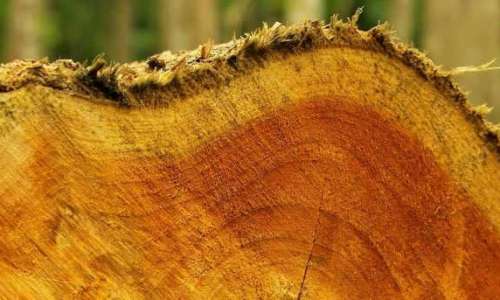

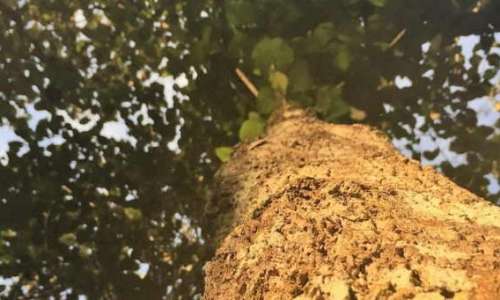

Native
